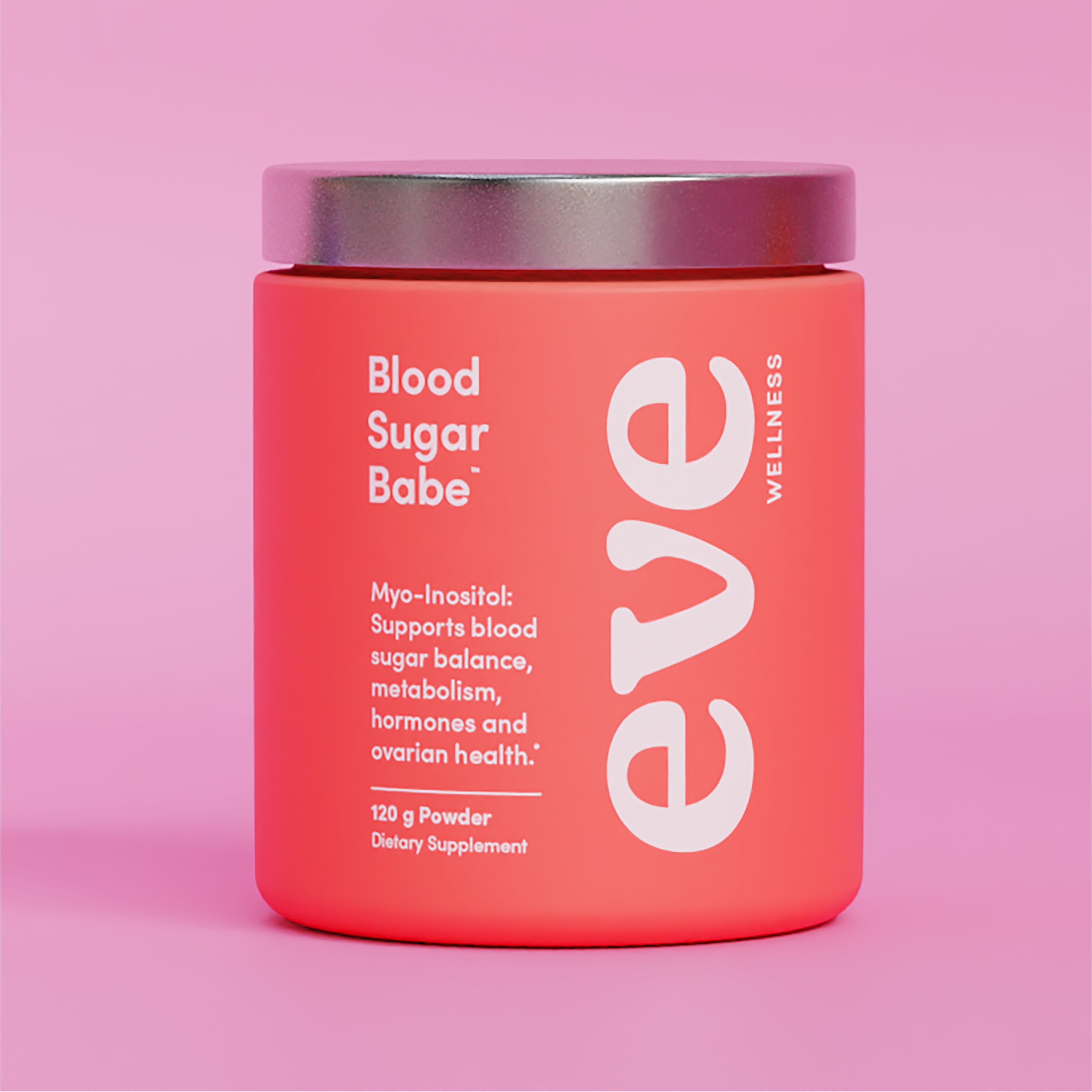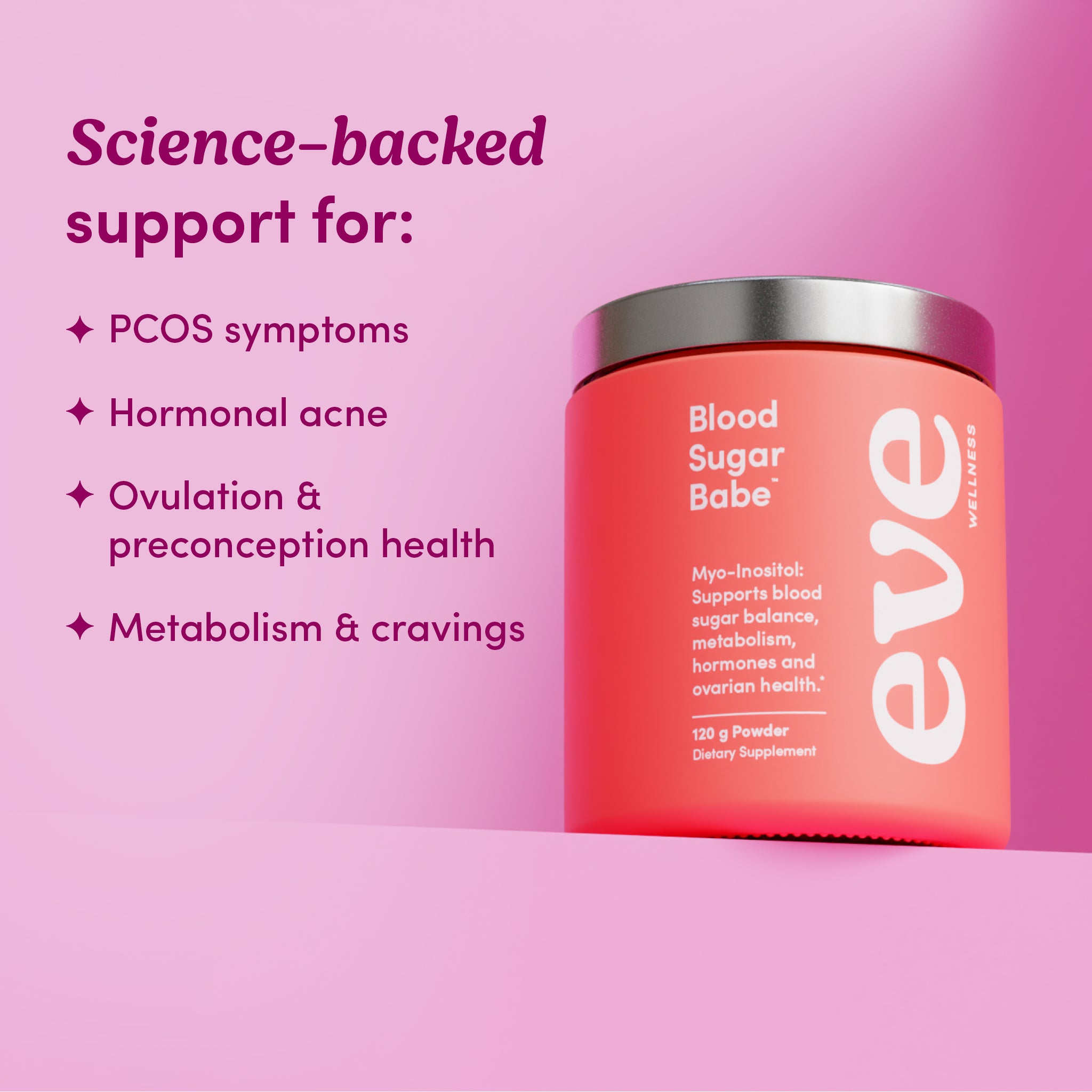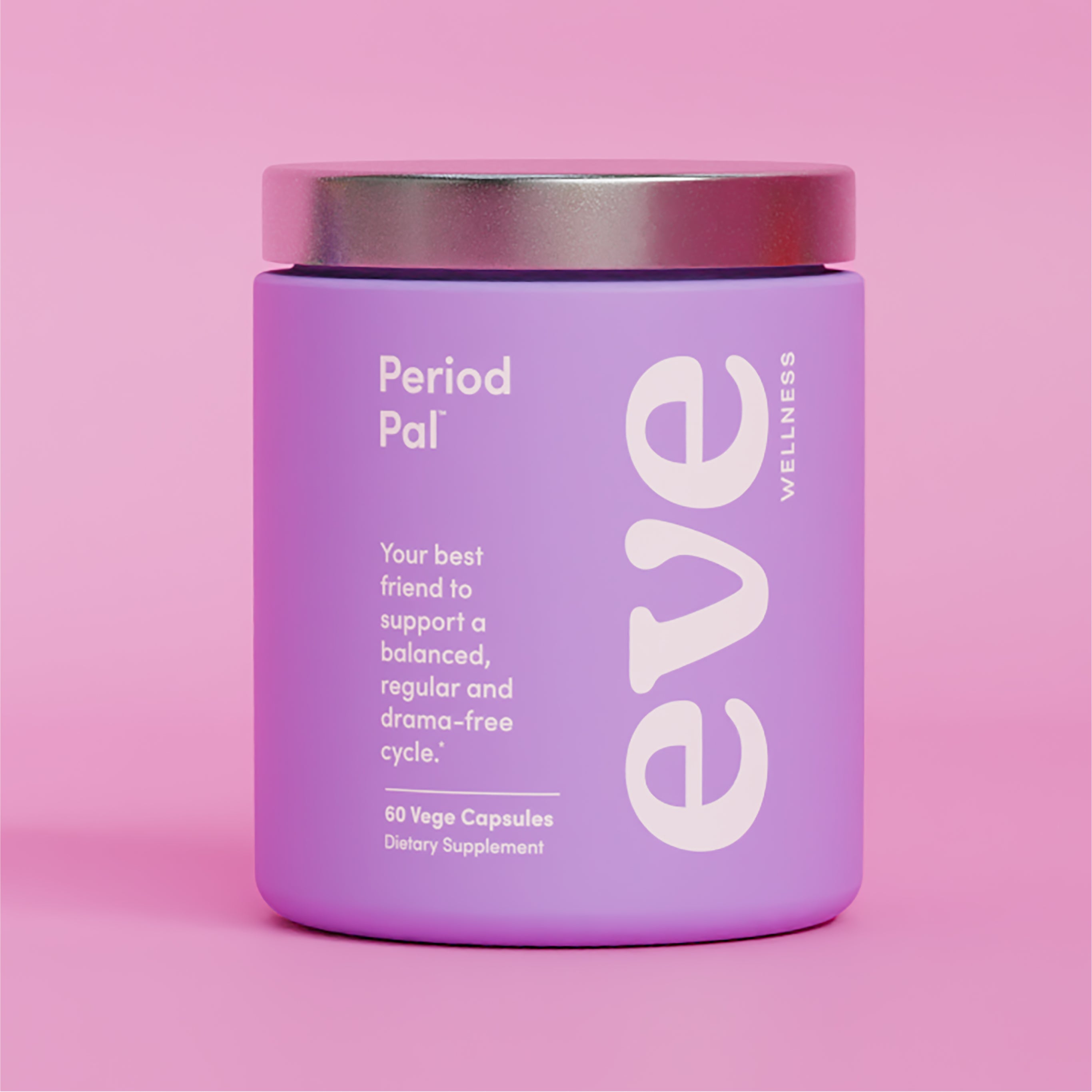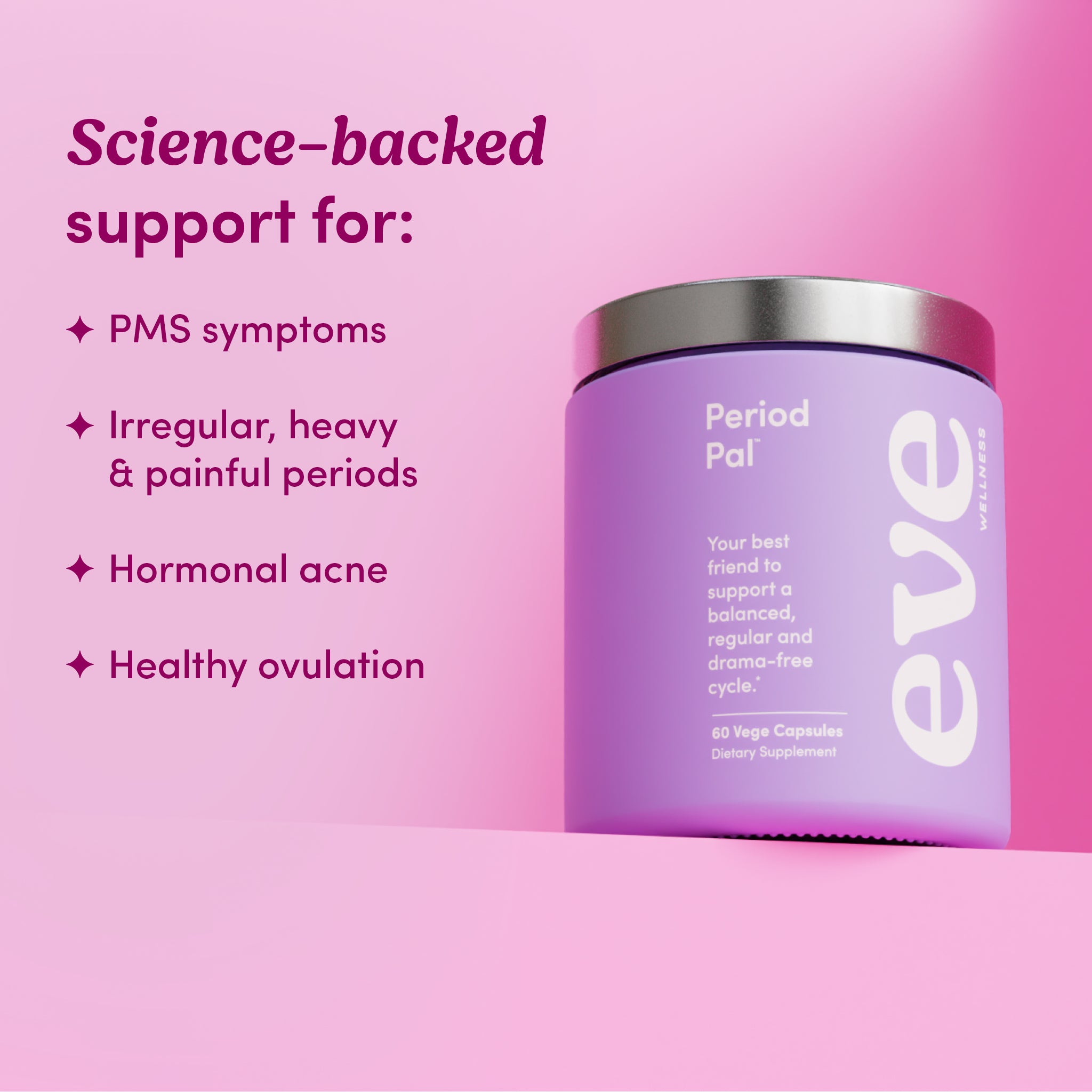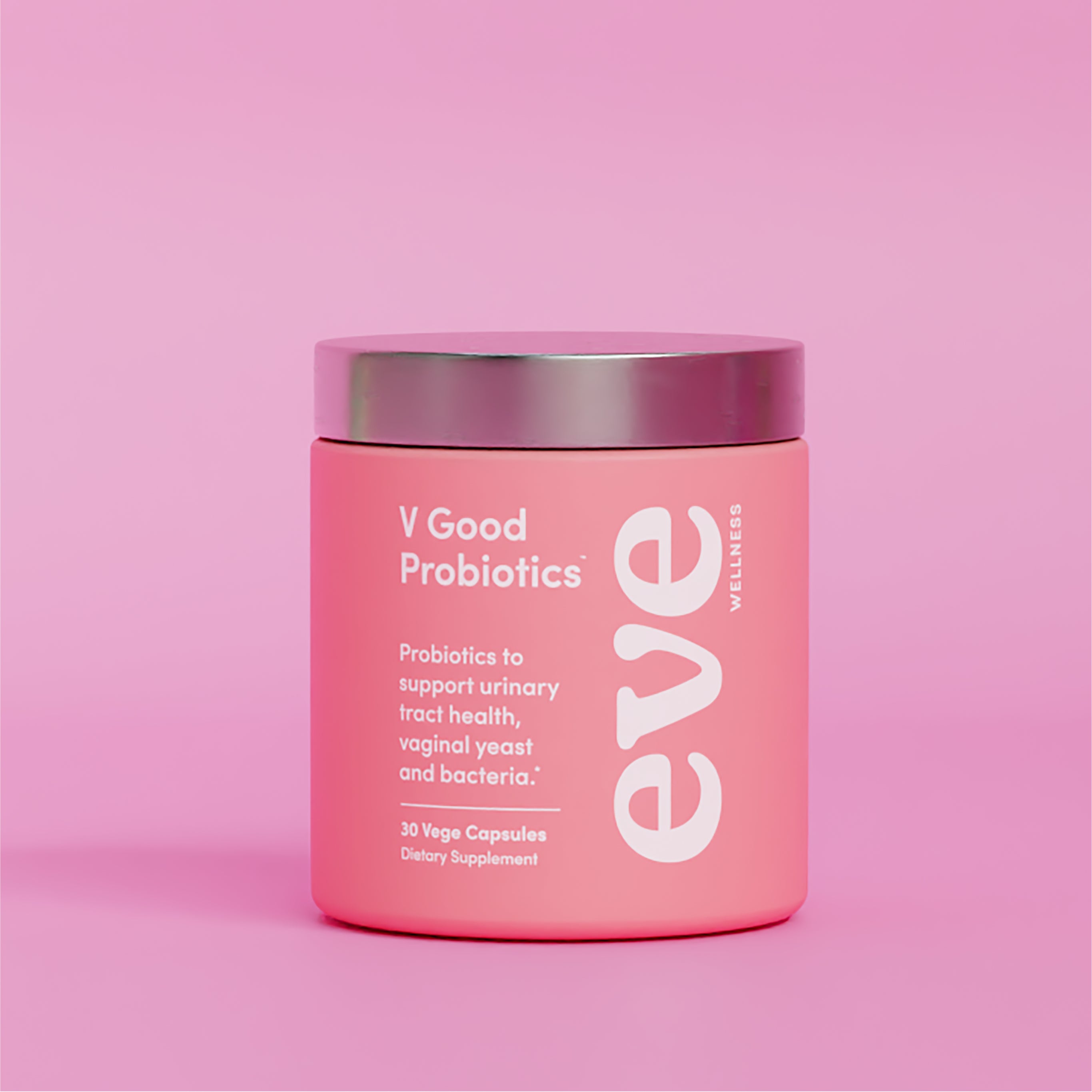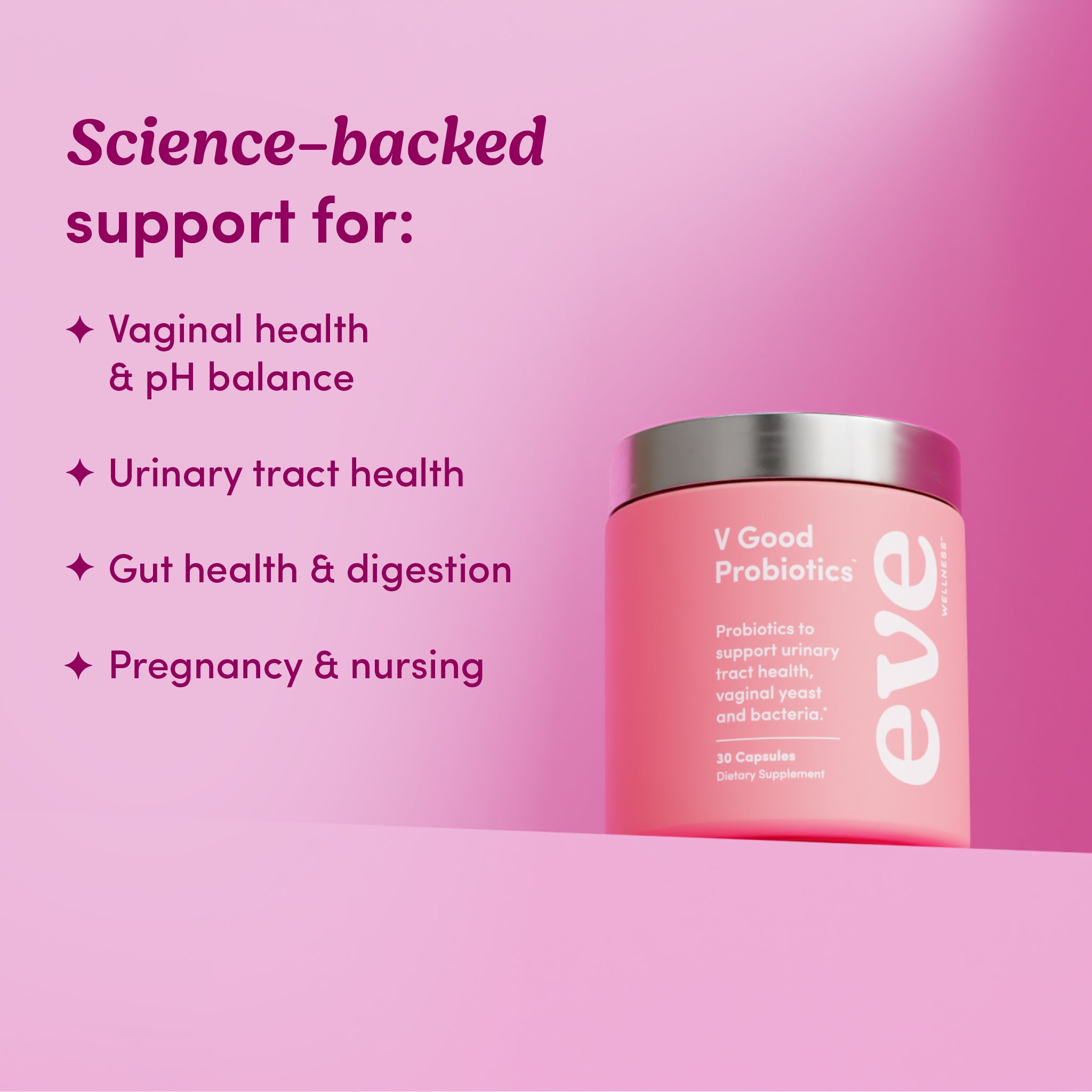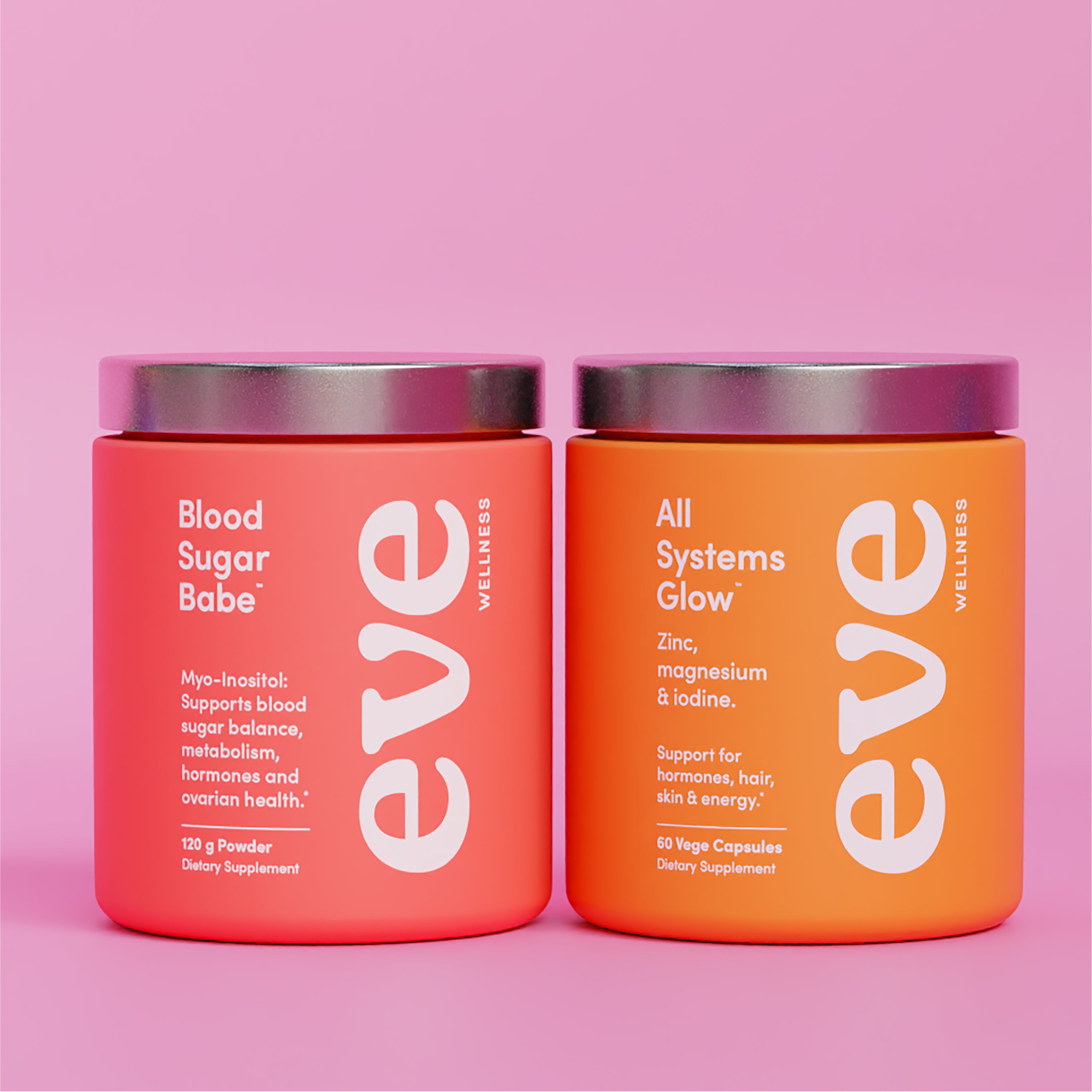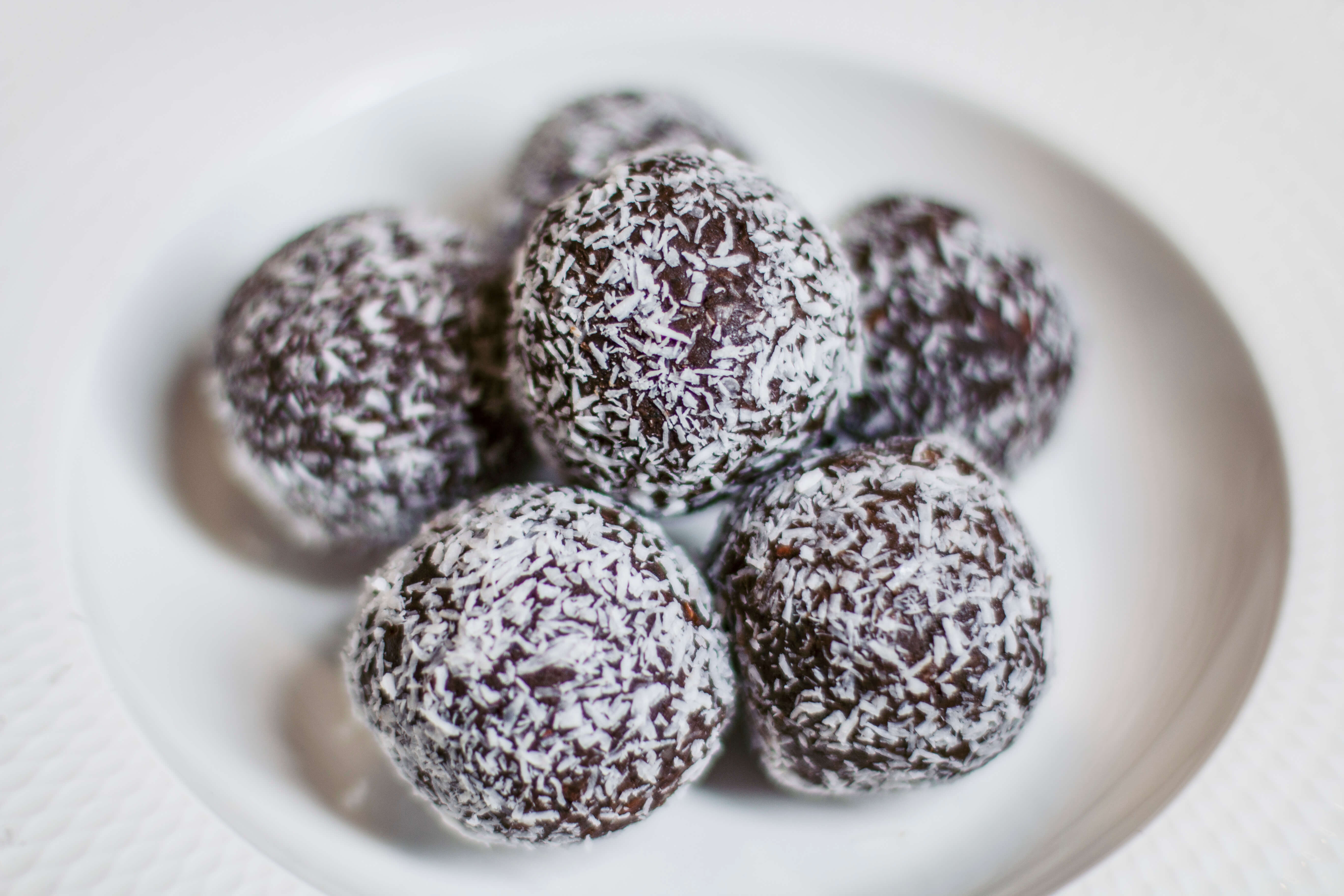As our good mate Hippocrates once said over 2500 years ago; “Let food be thy medicine, and let medicine be thy food.”
Turns out he really was on to something; many wholefoods are loaded with goodness that can help to support the optimal functioning of our bodies. (And of course there are some foods that have the power to do the exact opposite…)
Seeds are some of the most nutrient dense little critters around. And, while they’re not going to replace medication for a diagnosed medical condition, certain seeds have some pretty sweet hormone-loving properties that gently support your body in doing what it naturally does, i.e:
- Building hormones;
- Using hormones; and
- Getting rid of the hormones (and other things) it no longer needs.
Pretty cool huh?
What is Seed Cycling?
Seed cycling is the practice of eating specific seeds, with certain hormone-promoting benefits, to support the optimal functioning of the hormones that are running the show at any one time.
The key hormones that control the menstrual cycle (oestrogen, progesterone and testosterone) ebb and flow throughout the month, dominating at different times. Seed cycling works by tuning your intake of certain seeds to match the hormonal flow that this seed supports. For example, flaxseeds can support healthy oestrogen levels, so would be best consumed during the first half of your cycle when oestrogen should be the dominant hormone.
Will seed cycling magically balance your hormones overnight? No.
But for anyone who has recently come off hormonal contraception, is experiencing irregular cycles, or has lost their period altogether (amenorrhea), seed cycling could be an easy, cost-effective step in the right direction.
How To Seed Cycle
THE CYCLE:
Seed ‘cycling’ refers to the rotation of different seeds between our two main phases of the menstrual cycle; based on a regular 28-day cycle, these are:
- Follicular Phase - begins with menstruation (roughly days 1-14); and
- Luteal Phase - starts after ovulation (roughly days 15-28).
However, we are humans, not machines and your cycle might be longer or shorter than this. As a general rule, any cycle length between 21 - 35 days is considered ‘normal’. You can either track your cycle and pinpoint your ovulation date to be super accurate, or just add/subtract the days that your cycle differs from 28 to the follicular phase.
As a general rule, to keep hormones nice and balanced, we want to regulate oestrogen levels in the follicular phase, and support oestrogen detoxification and progesterone production in the luteal phase.
Note: If you don’t have a cycle, or you have a very irregular one, try seed cycling using the moon cycles. For example, start seed cycling on the full moon, consuming follicular phase seeds. Switch to luteal phase seeds once the new moon hits. If you’ve been through menopause, enjoy all of the seeds, all of the time, no math required for you.
THE SEEDS:
From the first day of your period, consume at least a tablespoon each of freshly ground (if possible) pumpkin seeds and flax seeds per day. From your tracked or estimated ovulation date, switch to sunflower seeds and sesame seeds.
Blitz up the seeds quickly using a NutriBullet or similar and add them to your smoothie, have them with coconut yogurt and fresh fruit, sprinkle them over your salads or bake with them. The options are endless and we’ve whipped up two recipes further down the page to get you started.
To save time, you can grind the relevant seeds once at the start each cycle phase and store them in the fridge or freezer.
FOLLICULAR PHASE: FLAX SEEDS & PUMPKIN SEEDS
Lignans: Both flax seeds and pumpkin seeds are high in lignans, which naturally support oestrogen balance by gently assisting oestrogen production and excretion of excess.
Zinc: Zinc is also one of our favourite nutrients for supporting healthy testosterone levels; which along with oestrogen, should reach their peak around ovulation.
Omega-3: Flax seeds are also rich in omega-3 fatty acids that help to reduce inflammation in the body and regulate FSH or follicle stimulating hormone, which helps to grow ovarian follicles (eggs).
Tryptophan: Pumpkin seeds are also a good source of an amino acid called tryptophan, which the body uses to create serotonin and melatonin - two hormones that help us feel good and sleep well.
LUTEAL PHASE: SESAME SEEDS & SUNFLOWER SEEDS
Selenium: Sunflower seeds in particular are rich in selenium which support liver function and hormone detoxification which is important to clear excess oestrogen in this phase.
Lignans: Lignans are found in both sesame and sunflower seeds and help the body get rid of the oestrogen that has been detoxified by the liver.
Zinc: Sesame seeds are rich in zinc which supports progesterone production and function in the body.
Vitamin E: Sunflower seeds are high in vitamin E, which also assists with progesterone production.
Looking for extra support? Try Period Pal - every woman's best friend to support a balanced, regular and drama-free cycle.
